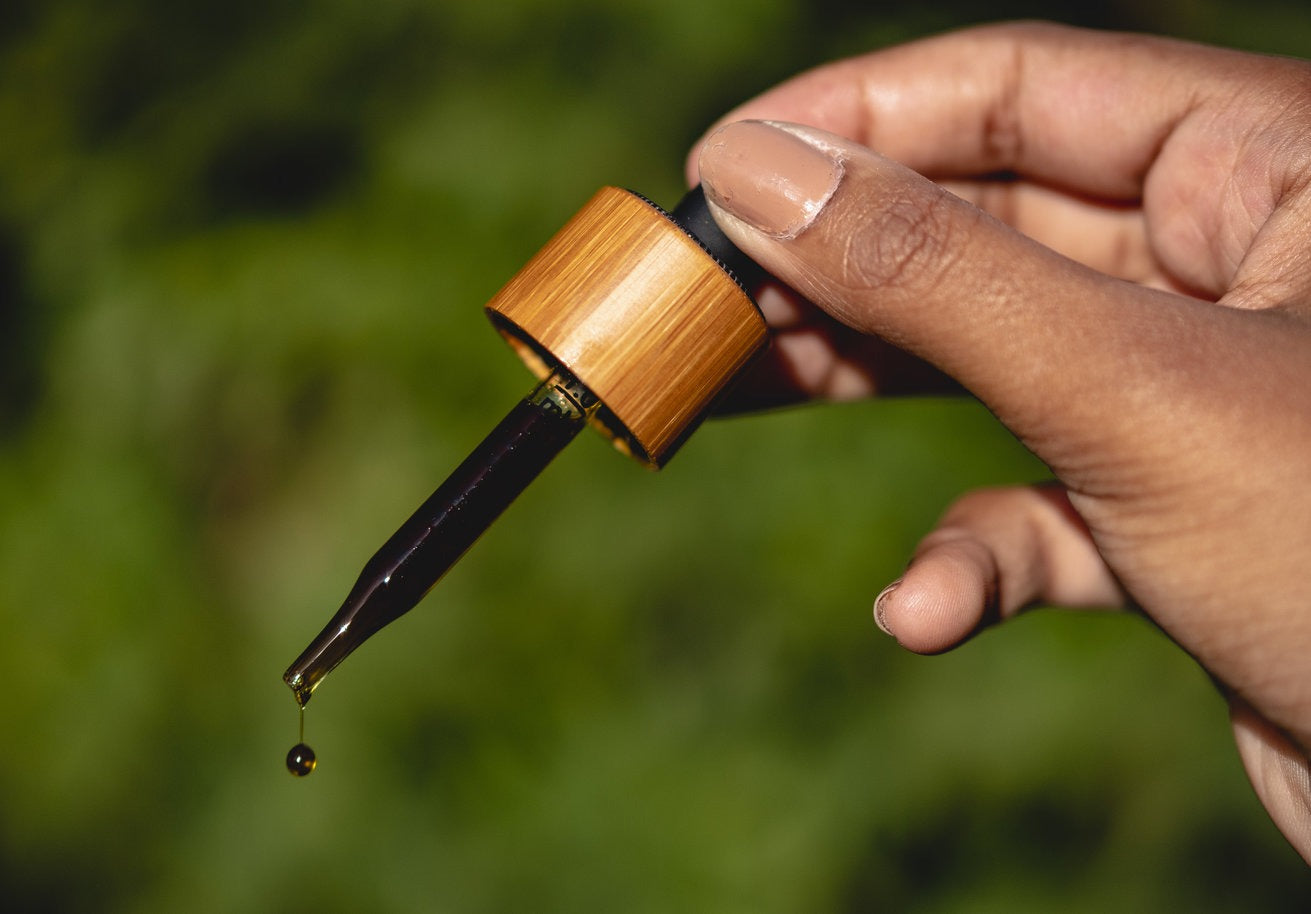The cannabidiol (CBD) industry is expected to hit $2 billion by 2022 as the cannabis compound makes its way into everything from bath bombs and makeup to dog treats and other products. Choosing a CBD product from the vast array of available products may seem daunting, especially when it comes to its most popular form: oil.
But it’s important that consumers choose high-quality CBD oil, as low quality CBD may not meet expectations and can even contain toxins. To ensure you’re getting high-quality CBD oil, here are some things to look for across labeling, production standards and product descriptions.
CBD LABELS: WORDS MATTER
Words matter when it comes to CBD product labels. Luckily, a few descriptions are common among top-quality products. Products deemed “whole plant” or “full spectrum” are different from CBD isolate, or what is often referred to as “pure CBD.” Percentages for CBD isolate are typically 99 percent or higher, but have been refined to exclude other molecules from the cannabis plant. These include terpenes, flavonoids and other cannabinoids, which are believed to work synergistically with CBD, creating a different experience than CBD alone.
Another important factor to consider is whether the label reads “hemp oil” or “hemp seed oil,” which indicates a separate product from CBD oil. Hemp oil is made from hemp seeds, meaning there is little to no CBD content, whereas CBD oil is made from the leaves, flowers and stalks of the hemp plant—the only parts of the plant where cannabidiol is found.
PRODUCTION: HOW WAS THE CBD EXTRACTED?
While it may take some digging to uncover, finding out how your CBD oil was manufactured can tell you a lot about its quality. Some companies, especially those who sell their products for a significantly low price, may employ questionable methods when extracting CBD oil, such as using toxic solvents like propane, hexane, pentane or butane. Safer methods of extracting CBD include using organic, pharmaceutical-grade ethanol or supercritical CO2 extraction, which involves using carbon dioxide under high pressure in an extremely cold environment.
Something else to consider is where the product originated. If the plant from which the CBD was extracted grew in rich soil, the resulting product will have absorbed nutrients from that soil. But if the plant grew in soil containing heavy metals, like mercury and lead, the CBD may be high in toxins. If possible, try to locate CBD extracted from U.S.-grown plants, since U.S. farmers must be certified by state departments of agriculture.
WHAT TO ASK THE CBD SELLER
To find out how your CBD was produced, simply browse a company’s website or consider calling a customer representative if you can’t find the information you’re looking for. You may also want to inquire about lab results of product testing and whether or not the company adds extra ingredients to its oil (and why). A company that lacks transparency is a good indicator that you should look for your CBD elsewhere.
Erica Garza is an author and essayist. Her work has appeared in TIME, Health, Glamour, Good Housekeeping, Women’s Health, The Telegraph and VICE. She lives in Los Angeles.
References:



















